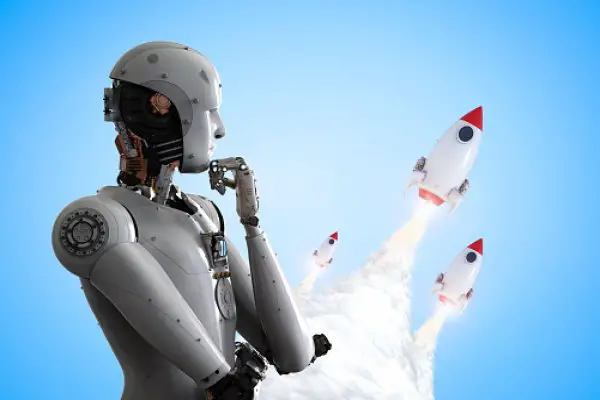At the dawn of a new era in technology, openAI has come forward with an incredibly powerful tool capable of detecting AI-generated text. The implications and potential of this development are far-reaching, as it lays the groundwork for more robust detection tools to be used across a wide range of fields.
OpenAI’s new tool can detect subtle nuances in language that untrained humans may overlook – giving us a better understanding of the machine-generated text and sophisticated natural language processing technologies. Read on to learn more about this incredible advancement!
OpenAI, a leading research laboratory specializing in AI technology, unveiled a Text Classifier for differentiating between natural language written by humans and AI constructs. This AI tool seeks to provide greater insight into how machines compose texts.
ChatGPT made a remarkable appearance in November last year and generated a lot of attention. A chatbot generates human-like text after the user has asked something.
Since its launch, the popularity of ChatGPT has caused much concern among parents and teachers, who have expressed worries about its potential to give students and employees the power to pass-off content generated by the bot as their own.
OpenAI announced the introduction of their new “AI Text Classifier,” with its functioning being a Generative Pre-trained Transformer (GPT) model predicting the exactness of how likely text is generated by Artificial Intelligence. The GPT model can monitor data from multiple sources. According to the company’s blog post,
OpenAI trained their text classifier model using several sources, such as Wikipedia descriptions, a 2019 WebText corpus, and AssistantGPT demonstrations. Human input was crucial in training InstructGPT, an additional language model that fed into this model’s development.
The text classifier employed by the company was trained using “balanced batches” consisting of both AI-generated texts and human-generated scripts. The technology labels text as “very likely,” “unlikely,” “unclear if it is,” “possibly,” or “likely” AI-generated.
OpenAI’s blog post suggested that only 26% of the text created by AI was correctly identified, and 9% of the human-written text was wrongly classified as AI-generated.
OpenAI’s text classifier does have some drawbacks. It is sometimes precise; modifying AI-created texts to evade detection is possible, and the tool may misidentify human-written and AI-generated samples. Additionally, it requires at least 1,000 characters (roughly 150 – 250 words) for analysis.
The company noted that it would occasionally mislabel human-composed text generated by AI, particularly when the content varies significantly from what was used for training. This shows that the classifier is still in a developmental phase.
OpenAI has admitted that since the tool was developed based on English text written by adults, it could inaccurately identify content produced by children or in languages other than English.
Our AI Text Classifier aims to open up a dialogue about the difference between content written by humans and that generated by AI. The results can be useful in making this determination but should be considered one of many factors.
Given the restrictions noted above, we suggest that the classifier should be considered one element amongst many when utilized as a component of an inquiry to determine the source of a particular piece of content.
Edward Tian was one of many to build a tool for identifying texts crafted by ChatGPT. In December 2022, the 22-year-old Princeton University student made a website called GPTZero which can tell if a written work has been generated using the AI utility ChatGPT, such as artificial intelligence-based plagiarism.
With the new tool, OpenAI says it can now detect AI-generated text with over 95% accuracy. The company plans to release the full data set to train the detector later this year. In the meantime, you can check out the demo version of the tool here.
Source: tech circle. in



